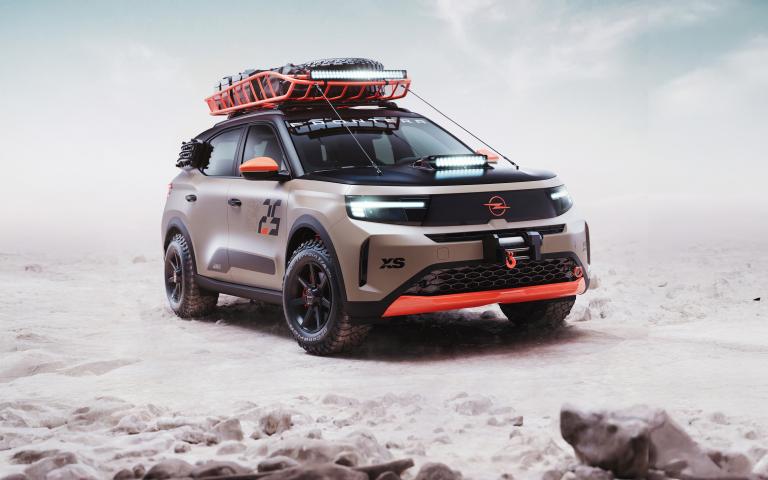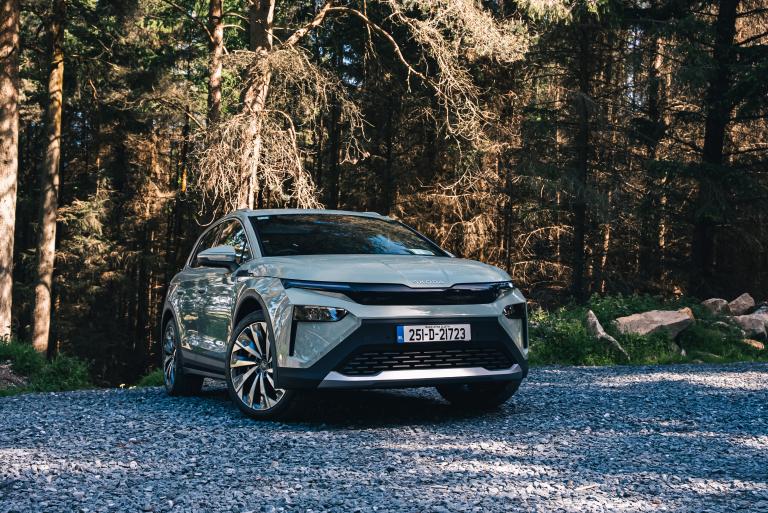Driving forces that will shape Irish motoring into the future
Published on 28 November, 2021
Overview
Its been a difficult year for car dealerships, with showrooms closed for many months due to the January Covid-19 lockdown.
As the gradual reopening started in May and restrictions eased, a worldwide shortage of semiconductor chips has meant long delays in the supply of new cars. Meanwhile, motorists are bearing the brunt of the energy crisis with rising fuel prices. Unfortunately, 2022 is likely to start off just as challenging.
Soaring energy prices
Fuel prices are rising sharply and have increased more than 27pc since this time last year. A recent national survey carried out by the Irish Independent found the average petrol price has soared to an all-time high of 172c a litre, while diesel has risen to 163c.
A continuing rise in prices is likely for consumers as demand for oil outstrips supply. This shortage of supply is down to a number of factors, including the Organisation of Petroleum Exporting Countries (Opec) and its partners maintaining supply restrictions, plus many refineries are still not at pre-pandemic production levels.
However, the Government is also a factor in fuel prices, as up to 60pc of what we pay at the pumps is made up of taxes, with excise duty taking the most significant share. If the Government were to reduce this by a percentage or two, it would immediately impact on prices. E-car drivers are also not exempt from rising energy prices as electricity costs are up 15.5pc on this time last year.
Electric sales are rising
New cars sales are up compared to 2020 but are still down when compared to 2019, the last year of normal trading. In contrast, electric cars sales are up 115.7pc on 2020 and 8,342 new EVs have been sold this year to date.
Battery electric cars now make up more than 7pc of the total new car market and plug-in hybrid cars account for the same, so while the combined 15pc is still low, it is worth remembering that the EV share of the new car market has doubled from this time last year and the 2020 share was almost double that of 2019. If this trend continues, e-cars could make up 30pc of new car sales in 2022.
Cost of petrol and diesel cars is on the rise
January will see an increase in VRT for higher-emission vehicles, so new cars producing between 110g/km and 129g/km will see a 1pc increase in VRT, while a 2pc increase will apply to those cars with emissions over 130g/km and less than 145g/km.
Cars emitting more than 145g/km are hit hardest, with a 4pc increase in the VRT rate. This will effectively mean a price hike for all new petrol and diesel cars, though some very low-emitting diesels may escape any increase. This ‘polluter pays’ principle is likely to be applied in all subsequent budgets as a tool to move more buyers toward electric cars.
Global Chip Shortage
The global shortage of semiconductors is causing supply issues for Irish car distributors. Semiconductors are used in everything from power steering to anti-lock brakes, and the current shortage is forcing global carmakers to not only reduce vehicle production, but in some cases to drop key features.
GM in the US has been forced to sell cars without heated and ventilated seats and is opting to retrofit them at a later stage. While the pandemic disrupted the supply of chips due to an unprecedented demand for PCs for home-schooling and working from home, global chip supply has been in a precarious state since long before the pandemic.
Rising complexity over the past decades had led to increased industry consolidation, resulting in fewer and fewer suppliers. A number of recent events have only added to carmakers’ problems, including the container ship that blocked the Suez Canal, delaying chips headed from Asia to Europe; a drought in Taiwan, home to some of the world’s biggest and most advanced microchip manufacturers; severe weather in Texas that temporarily shut down chip production factories; and a fire at a Japanese plant owned by one of the world’s biggest makers of chips for the car industry.
The situation is likely to improve by the end of 2022, but it could be 2023 before supply significantly recovers.
Used car prices are rising
While the current situation of rising used car prices is driven by the lack of supply of new cars due to the global chip shortage, there are other factors at play. The Brexit deal, finally secured last Christmas Eve, was not good news for car buyers. If importing a car from the UK, you now have to pay VAT and in some cases, customs duty of 10pc.
As a result, it is now more expensive to import vehicles from the UK. In addition, car sales are also declining in the UK, with September new car sales, the lowest since 1998. Over the next few months, it is unlikely the UK will have sufficient cars to fulfil the needs of its own market, leaving little or no surplus for our market. The lack of hire cars is also playing a role as the rental market is a significant supply channel of used cars.
However, when lockdowns were introduced last March, travel came to a standstill and the market for car hire disappeared, so hire companies are not replacing their fleets this year. And finally, months of lockdown means that money that may have been spent on nights out, holidays and commuting has gone into savings and this is fuelling a surge in demand for second-hand cars.
Putting the brakes on speed
A total of 18,800 people died on Europe’s roads in 2020 and many more were seriously injured. Speed has long been recognised as one of the main contributing factors to deaths on our roads.
New speed-limiting software called Intelligent Speed Assistance (ISA) system will be fitted to all new vehicles sold in Europe from next year. ISA systems do not automatically apply the brakes, but simply limit engine power preventing the vehicle from accelerating past the current speed limit unless overridden.
The European Transport Safety Council believes the technology could cut road collisions by 30pc and deaths by 20pc.
Driving is set to become a much less attractive option
The Government has set a target to reduce fossil-fuelled car journeys by 10pc — which equates to at least 500,000 journeys a day — by 2030 as part of an overall bid to reduce transport emissions by 50pc.
However, whether driving petrol, diesel or electric, driving is going to become a much less attractive prospect over the next few years.
A policy of road space reallocation away from the private car to sustainable transport modes will be implemented nationwide. Lower speed limits are on the cards, while parking spaces will be cut significantly, leaving those spaces that remain far more expensive. We may also see the introduction of congestion charges and low-emission zones.
Latest Reviews

Volvo Reveals World-First Multi-Adaptive Safety Belt

Opel Reveals Adventure-Ready Frontera GRAVEL Concept

Škoda Elroq Video Review